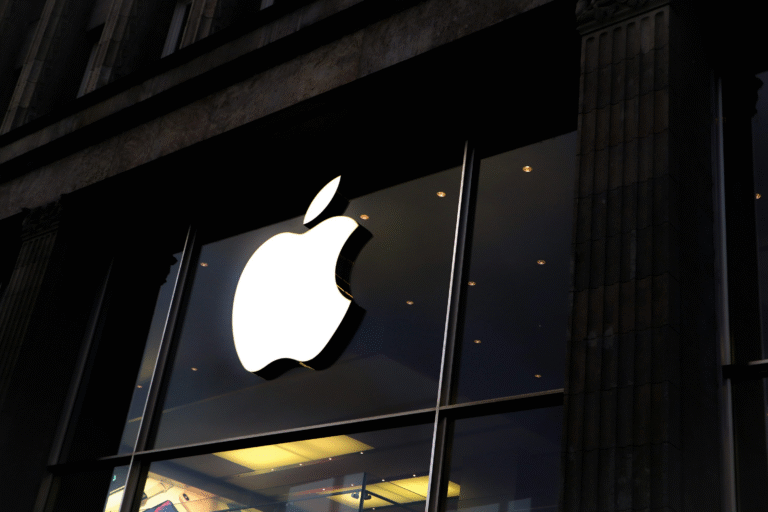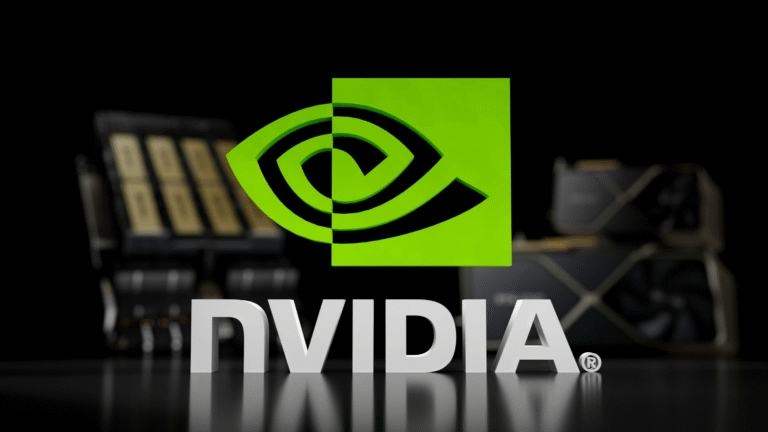Canon has introduced its first new cameras of 2024 – the flagship Canon EOS R1 and Canon EOS R5 Mark II, which are high-performance models that seem worth the anticipation.
The Canon EOS R1, aimed at professional sports photographers, is designed to compete with the Sony A9 III and Nikon Z9. It features a 24.2MP full-frame stacked sensor and a new Digic Accelerator processor that, combined with the existing Digic X processor, enables 40fps burst shooting with full autofocus tracking using the electronic shutter.
The Canon EOS R5 Mark II, while more compact and affordable, offers a versatile option for a broader range of photographers. In our hands-on review, the EOS R5 II is described as a “polished upgrade” over its predecessor, boasting impressive performance that might be more than necessary for many users.
Similar to the EOS R1, the Canon EOS R5 Mark II is equipped with a second Digic Accelerator processor, enhancing its burst shooting and video capabilities. Paired with its stacked 45MP full-frame sensor, which Canon claims has the fastest readout speed in the market, the R5 Mark II can achieve burst shooting speeds of 30fps.
Both cameras feature Canon’s next-gen autofocus system, Dual Pixel Intelligent AF. This advanced system, which incorporates elements of AI, is touted as Canon’s most sophisticated autofocus yet. It offers improved subject tracking accuracy and allows for the registration of specific faces, making it easier to prioritize them in a crowd. The sensor also includes cross-type pixels to enhance autofocus performance when shooting vertically.
One notable difference between the EOS R1 and the R5 Mark II is their electronic viewfinders. The EOS R1 boasts a 9.44-million dot OLED display with 0.9x magnification, offering a brilliant view of the action, ideal for sports and wildlife photographers. In comparison, the R5 Mark II features a 5.76-million dot OLED display, which is standard for high-end mirrorless cameras.
Both models come with 8.5 stops of image stabilization and impressive video capabilities. The EOS R1, with its lower-resolution sensor, can capture video up to 6K resolution, while the R5 Mark II can achieve 8K at 60 frames per second. Additionally, both cameras can shoot 4K at 120 frames per second for slow-motion footage and offer 12-bit internal RAW recording.
Availability and Pricing
Both cameras come with substantial price tags. The Canon EOS R1 is priced at $6,299 / £6,999 / AU$10,999 for the body only. Meanwhile, the Canon EOS R5 Mark II is available at $4,499 / £4,499 / AU$6,699 for the body only, reflecting around a 10% increase compared to the EOS R5 from four years ago.
You can also get the EOS R5 II bundled with the Canon RF 24-105mm f/4L lens for $5,699 / £5,799.99 / AU$8,549, with availability starting in August. The EOS R1 will have a longer wait, with availability expected by November, but it’s likely to be seen in action at the Paris Olympics.
Initial Impressions
The Canon EOS R1 and EOS R5 Mark II are among the most exciting camera releases from Canon in recent years. This is a significant improvement compared to the underwhelming Canon EOS R100 launched in May 2023. While it’s still early to make a full comparison to rivals like the Nikon Z8 and Sony A9 III, our initial hands-on time revealed promising features.
The EOS R5 Mark II impresses with its inclusion of many features from the EOS R1, making it a versatile all-rounder. The EOS R1, tailored for professional sports photographers, will have a narrower appeal. However, the EOS R5 Mark II incorporates speed enhancements such as a stacked sensor for rapid readout speeds and the combination of Canon’s Dual Pixel Intelligent AF system and Eye Control AF.








